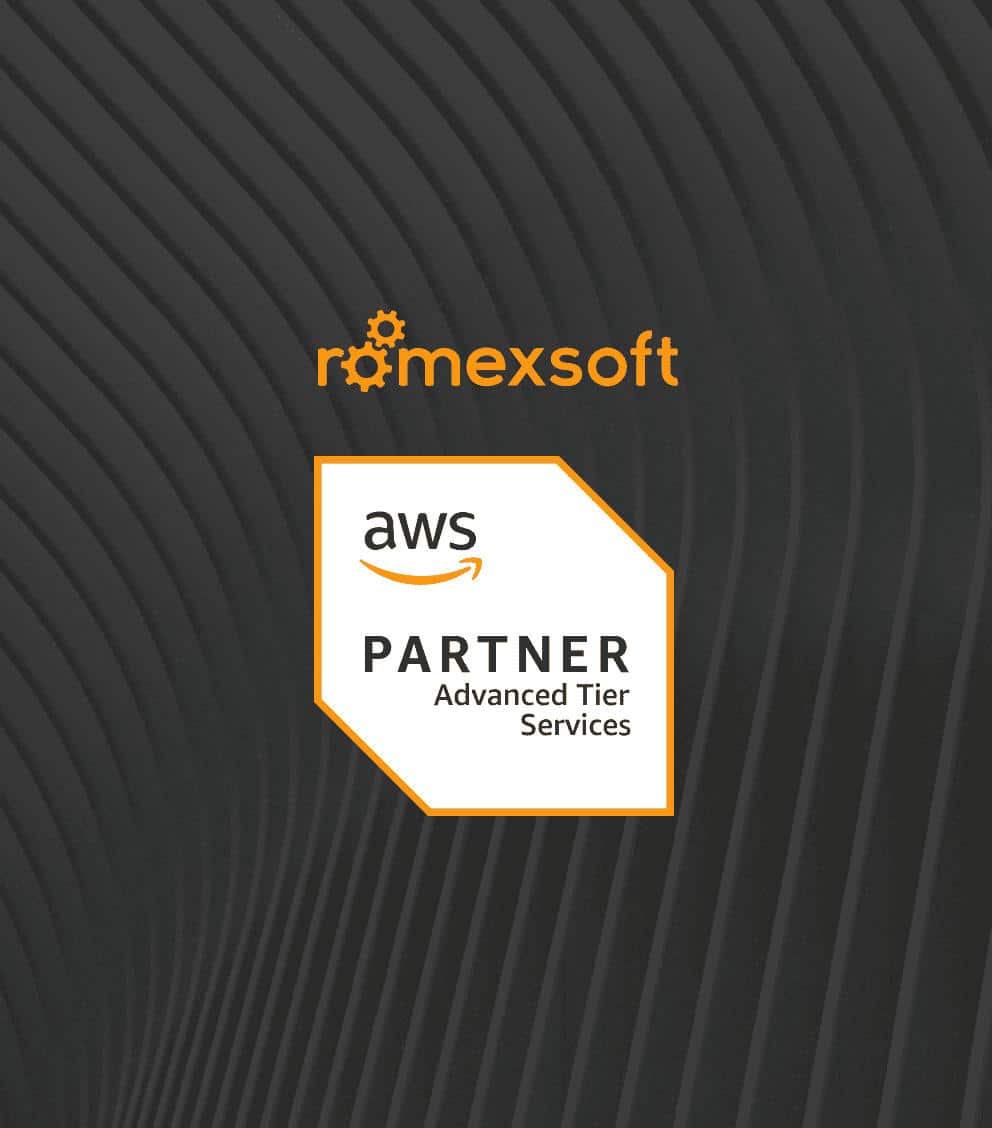SaaS Application Performance Monitoring with 24/7 DevOps Support
Find out how we enhanced app scalability and reliability through implementing application performance monitoring and DevOps support.

Our Customer
Online Education Software
LearnCube is a purpose-built SaaS platform dedicated to live online education. Offering a great many e-learning solutions for teaching, tutoring, and training, the platform offers such features as virtual classrooms, class scheduling, integrated payments, eCourses, online assessments, and an administrative management system for streamlined operations.
The Challenges
Unstable and Costly Cloud Infrastructure
The client experienced a number of significant challenges that had an immediate impact on the SaaS environment’s cost-effectiveness, scalability, and stability. To ensure dependable operations and set up the application for future expansion, these issues had to be resolved.
Instability of Managing Computing Capacity
The application confronted an issue with the client’s reliance on EC2 instances managed by auto-scaling groups (ASG). During peak hours, this setup sometimes resulted in instance terminations, which occurred without providing adequate error information.
Potential Service Disruptions
Frequent downtimes could have a direct impact on the application’s performance and reliability. Delays and downtime, encountered by users, not only affected their experience but also eroded their trust in the service.
Scalability for Long-Term Growth
There was a poignant need of the client’s application needed to be agile and scalable so as to adapt to evolving needs in future. However, the existing IT infrastructure and operations failed to meet the expected level of adaptability, thus presenting a challenge in positioning the application for a smooth ascent.
Excessive Infrastructure Expenses
The client’s existing cloud environment wasn’t optimized, which led to unnecessary expenditures. The challenge was to reduce these costs without compromising the application’s performance or reliability.
The Solution
Cloud SaaS Performance Monitoring and Infrastructure Optimization for Stability and Growth
To resolve these challenges, we applied a combination of cloud SaaS performance monitoring, security improvements, and infrastructure automation.
Overcoming Infrastructure Hurdles
Our first step was establishing a monitoring system to identify areas for improvement and prevent system downtimes. To manage the issue with auto-scaling groups (ASG) and EC2 instance terminations, we deployed Amazon OpenSearch Service. The solution ensured the collection of logs that could provide deeper insights into errors.
Grafana was then configured to visualize dashboards for all core services, alerting our 24/7 support team and clients to potential disruptions. Additionally, Zabbix provided insights into EC2 instance utilization and resource availability, along with checks, such as certificate expiration and automated backups.
Fault tolerance was enhanced by increasing the number of RDS nodes, crucial for maintaining service reliability and data integrity during potential system failures. This approach emphasized the importance of fault tolerance in the infrastructure, preparing us to tackle unexpected challenges seamlessly.
Stability with Proactive Monitoring
A key component of our strategy was configuring robust log collection from the application. This move was not just about SaaS infrastructure monitoring; it was rather about gaining deep insights into the application’s behavior and identifying areas for improvement.
By systematically collecting and analyzing logs, we were able to pinpoint issues at their source, significantly reducing troubleshooting times and enhancing the overall stability of the application.
Improving Security and Efficiency
We bolstered security by migrating the client’s infrastructure from the default virtual private cloud (VPC) to a dedicated VPC spanning multiple availability zones with public and private subnets. Describing the infrastructure using Terraform code enabled rapid and comprehensive changes, including deployment in alternate AWS regions if needed.
Streamlining Deployment Processes
CI/CD processes were established using Jenkins pipelines that were complemented by Packer for building required Amazon Machine Images (AMI). Such a setup enables swift adjustments to infrastructure settings, namely the number of instances in ASG, and ensures flexibility and efficiency in deployment.
Optimizing Infrastructure Cost
Recognizing the potential for the savings, we embarked on optimizing the client’s cloud infrastructure. By purchasing reserved instances and RDS nodes, we were able to lock in lower prices for app’s computing resources, directly reducing the total cost of ownership (TCO).
Additionally, the decision to remove outdated Amazon Machine Images (AMIs) not only decluttered our environment but also eliminated unnecessary expenses associated with maintaining legacy systems that were no longer in use.
Continuous 24/7 DevOps Support
All of the above-mentioned improvements led our DevOps support team to proactively respond to potential infrastructure or application failures, swiftly identifying and rectifying issues to ensure uninterrupted service delivery.
Application Performance Monitoring
We added APM features to supplement infrastructure monitoring in order to better understand how the SaaS application performs in various scenarios. We monitored important metrics like response times, error rates, and request throughput by utilizing OpenSearch dashboards in conjunction with Amazon CloudWatch. This gave useful information about the application’s performance from the standpoint of the end user as well as the infrastructure.
By correlating log data from Lambda functions and EC2 instances with CloudWatch metrics, our team was able to promptly spot code-level problems, latency spikes, and performance bottlenecks. This integration decreased the average time to identify and fix application slowdowns and greatly increased troubleshooting efficiency.
Diagram of SaaS Infrastructure Monitoring and 24/7 DevOps Support Architecture
The Results
Achieving High Availability, Lower Costs, and Improved User Experience
These results demonstrate the beneficial effects on the client’s business model and end users in addition to the technical advancements in stability, scalability, and cost-efficiency.
Significant Incident Reduction
After our comprehensive enhancements to the client’s SaaS infrastructure, the number of incidents decreased by nearly 70%.
Enhanced Application Stability
Proactive monitoring facilitated early issue detection and resolution, ensuring continuous application reliability and enhancing the overall user experience.
Improved Business Continuity
The enhanced app’s operational framework ensured high service continuity which allowed the application to seamlessly handle increased traffic and maintain consistent performance, crucial for business stability.
Increased Development Efficiency
Automated CI/CD pipelines enabled rapid adjustments to infrastructure settings, reducing manual deployment effort and minimizing downtime. This improved resource utilization also resulted in cost savings for cloud environment management.
The Ground for Future Growth
The revamped infrastructure is now primed for sustained growth and scalability, catering to evolving business needs and market demands while maintaining long-term competitiveness and value.
Better Students’ Experience
Students experienced more consistent and engaging learning experiences thanks to smoother access to online classes and more dependable sessions with fewer disconnections.
Increased Tutor Satisfaction
Because of a more stable teaching environment free from unexpected platform disruptions, tutors expressed increased confidence in their ability to deliver lessons.
Increased Trust and Retention
The platform strengthened its reputation for dependability by removing downtime during crucial peak hours, which over time encouraged tutors and students to stay active and involved.
Why Romexsoft
Turning SaaS Stability Into Business Growth
Romexsoft is a company specializing in cloud software development with certified DevOps teams that monitor application performance and provide ongoing support. By working with us, you ensure stable, scalable, and cost-effective SaaS operations that increase user satisfaction and strengthen business continuity.
Here’s why companies trust us:
- Comprehensive monitoring using leading AWS tools to track system status and application performance
- Proven effectiveness, including a 70% reduction in incidents and a 40% reduction in recovery time
- 24/7 expert support with clear commitments to ensure uninterrupted application performance
- Proven experience with successful SaaS projects in industries such as eLearning, FinTech, and AdTech
- Built-in security and compliance measures that protect data and meet audit requirements.
SaaS Performance Monitoring FAQ
Infrastructure monitoring focuses on the health of servers, databases, networks, and cloud resources, things like CPU usage, memory, storage, and availability. Application performance monitoring (APM) goes a level higher by tracking how the application itself behaves, including response times, error rates, transaction performance, and user experience. For SaaS providers, combining both ensures that issues are caught whether they originate from the underlying infrastructure or from the application code and user interactions.
SaaS application performance monitoring can reduce incidents by around 70% and shorten mean time to recovery (MTTR) by about 40%. Uptime can reach 99.9%–99.95%, ensuring higher service continuity. In addition, infrastructure costs can be lowered by 15–20% through reserved capacity, rightsizing, and automated scaling. These improvements mean more reliable sessions for end users, faster troubleshooting for DevOps teams, and long-term cost efficiency for the business.
Traditional monitoring usually focuses on infrastructure components like servers, storage, and network health. SaaS performance monitoring goes further by correlating infrastructure data with application-level metrics such as response times, error rates, and user transactions. This approach can improve operations by reducing incidents, lowering mean time to recovery, maintaining higher uptime, and cutting unnecessary costs. As a result, SaaS providers gain both a stable technical foundation and a more consistent end-user experience.
Yes. AWS-native monitoring services such as Amazon CloudWatch can stream metrics and logs directly to third-party APM tools like Datadog, New Relic, or Splunk. This allows SaaS providers to keep their existing dashboards and workflows while adding the cost efficiency, scalability, and deep integration benefits of AWS-based observability.


